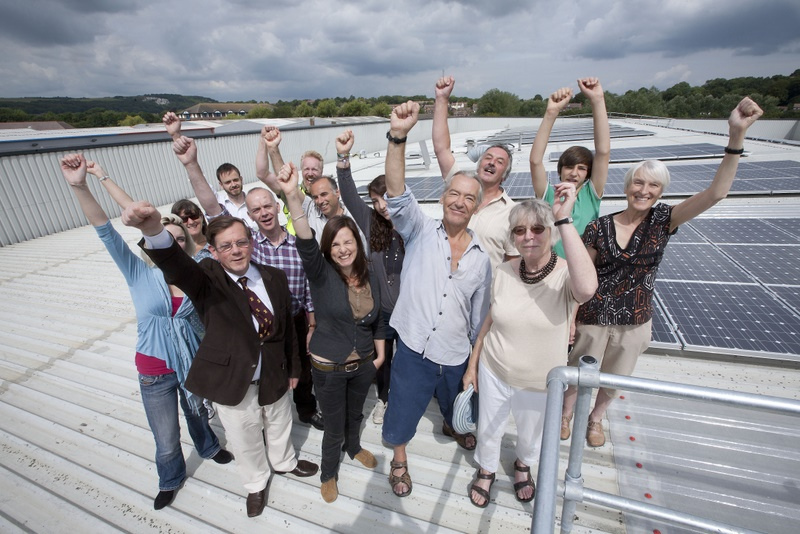
There is no question that solar power is booming in the US. According to industry estimates, a new solar energy system is installed every 2 ½ minutes. Surveys indicate that that 9 out of 10 Americans want to make use of the sun’s energy.
However, the reality is that only about a quarter of residential rooftops are candidates for hosting a solar energy system. The other 75% of rooftops either face technical obstacles like too much shading from nearby trees or are oriented improperly to harvest enough sunlight; or they are situated favorably but have owners who don’t have the financial ability to install solar power or have occupants who rent and cannot install the systems.
Utility companies are struggling with the growing disruptive force of rooftop solar as tens of thousands of customers begin generating their own power. Unquestionably, their business model has to change to address the changing face of the grid.
An increasingly popular solution that addresses both of these issues is community solar. Community solar is essentially a cooperative. Its customers can buy or lease solar panels in a large local array either from an independent operator or from their utility. Customers can offset as little or as much of their electrical usage as they want by participating in a community solar program.
Community solar systems are generally financed through loans and tax equity. Customers can participate without any upfront money. As the electricity grid continues to evolve, community solar represents a way for both customers and utilities to meet their respective needs.
**********
.
Web Links
Community Solar Allows Utilities to Adapt, Thrive as Energy Landscape Evolves
Photo, posted July 26, 2011, courtesy of Southern Solar via Flickr.
.
Earth Wise is a production of WAMC Northeast Public Radio.